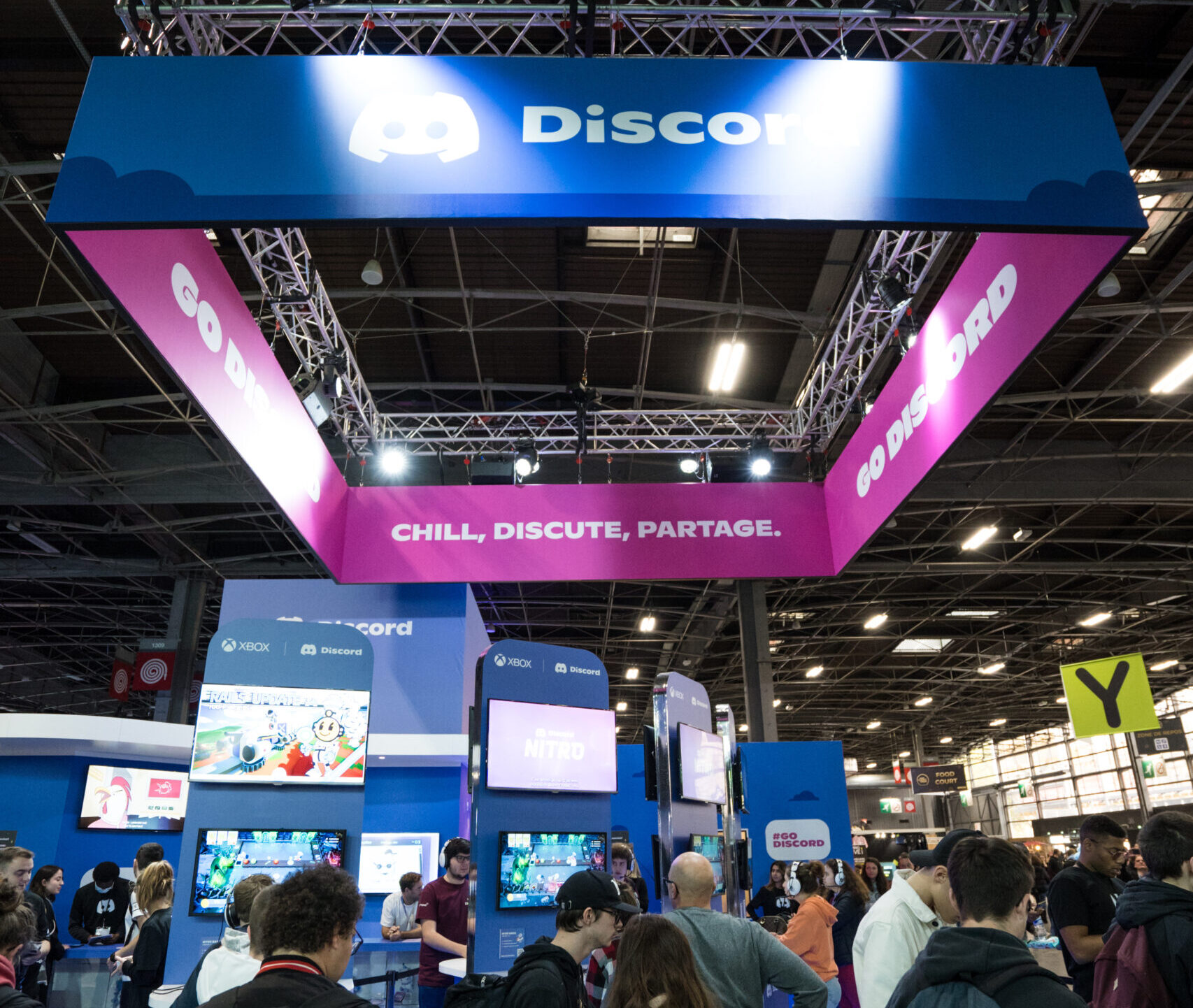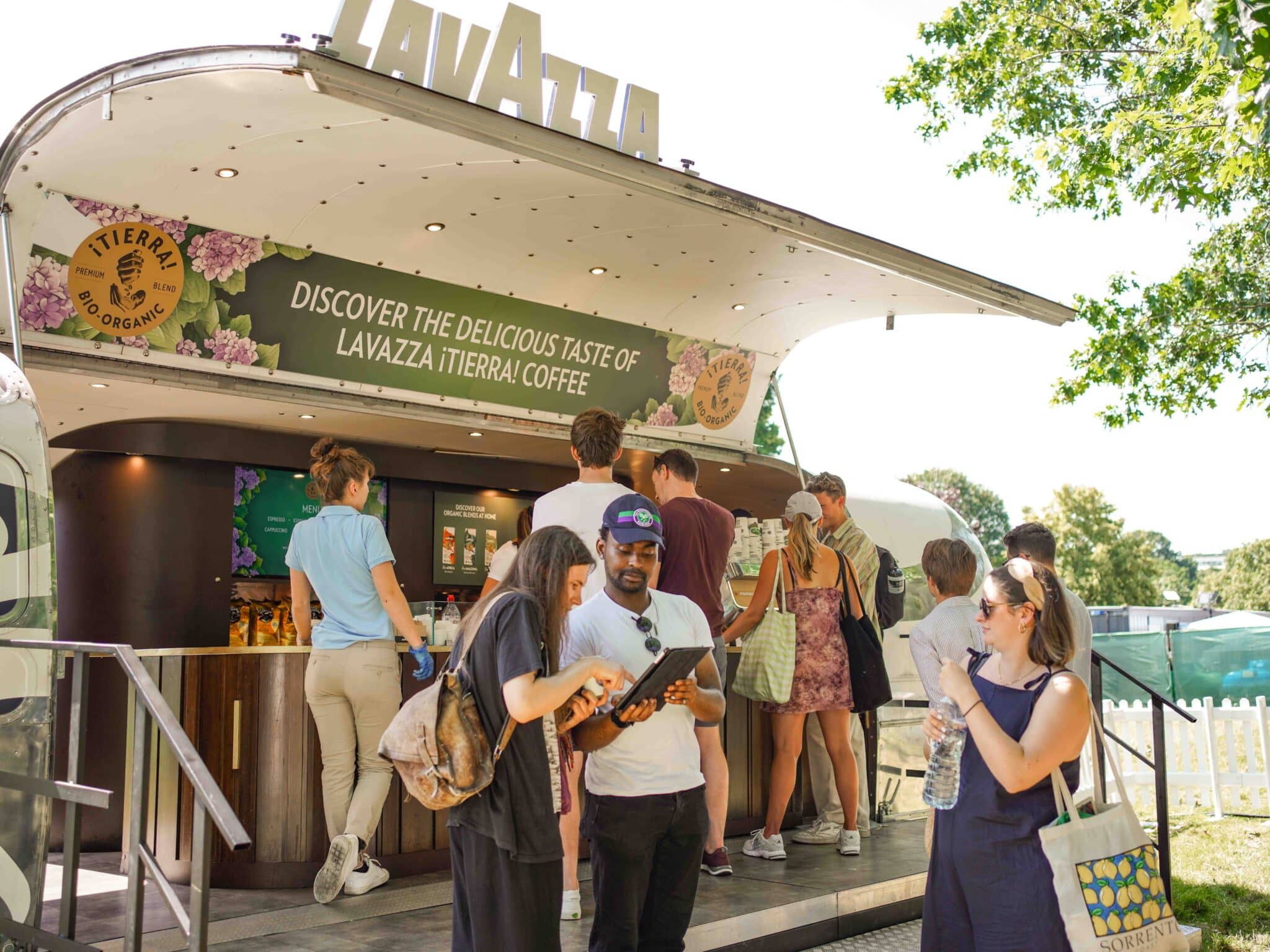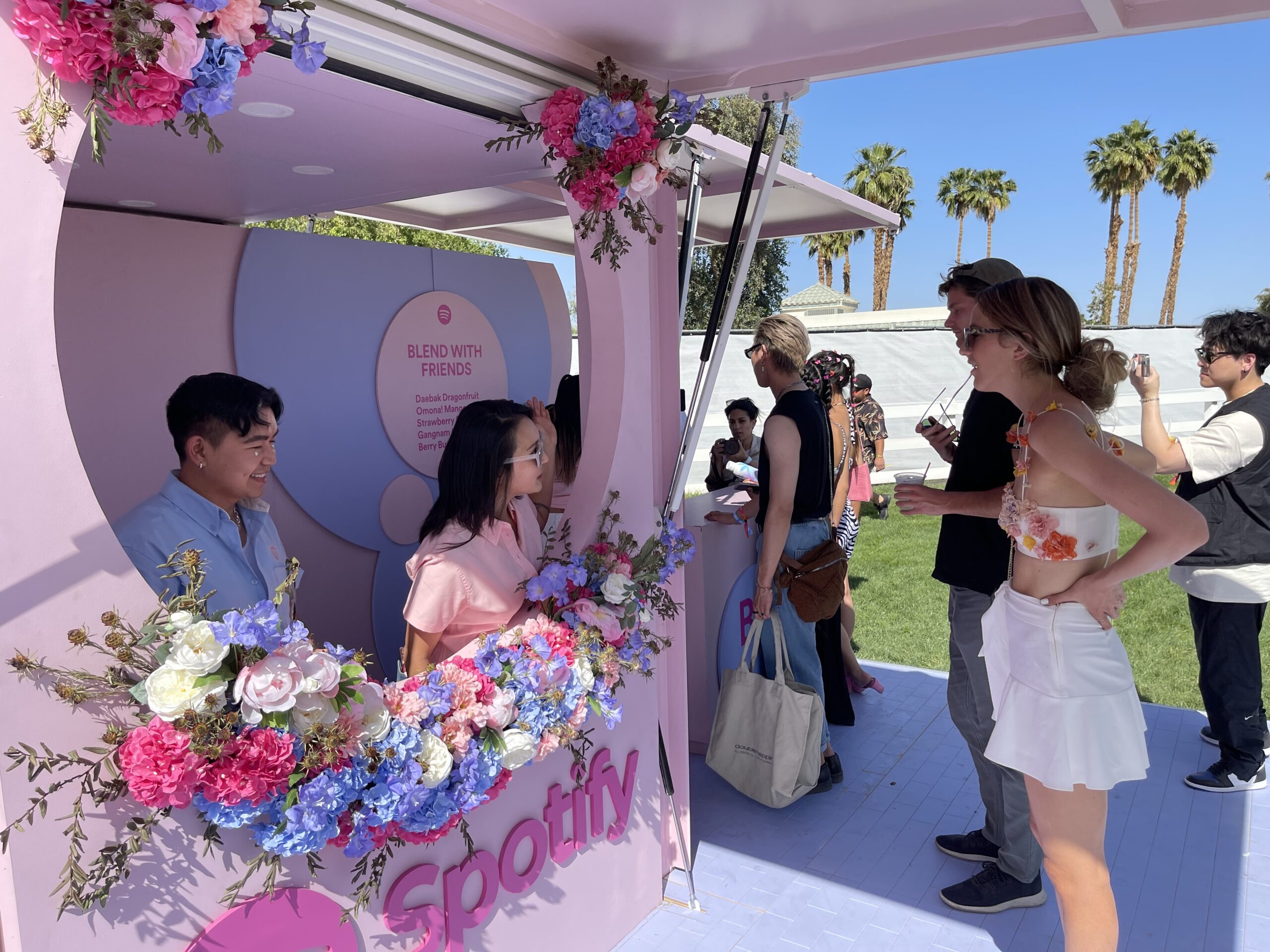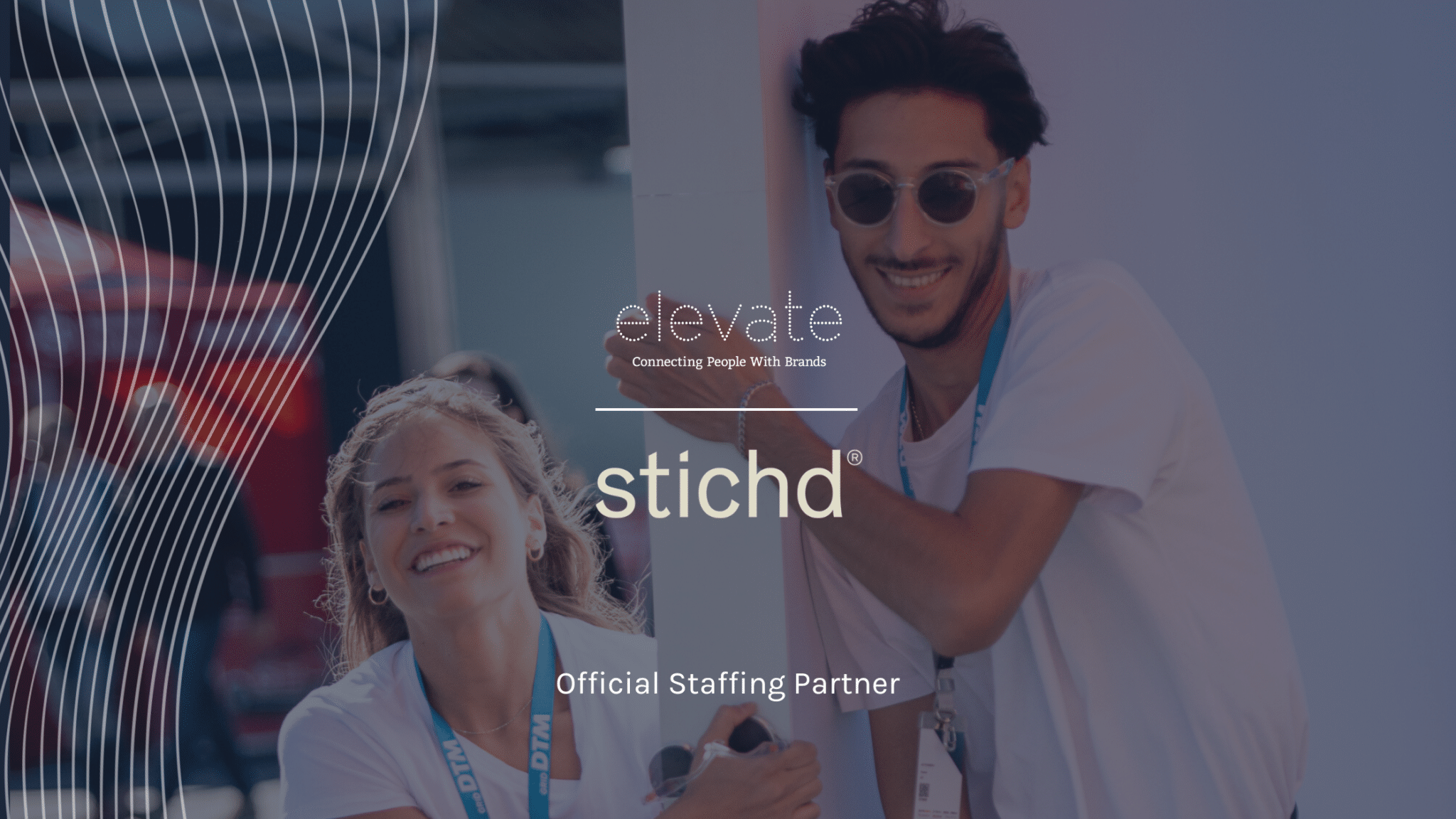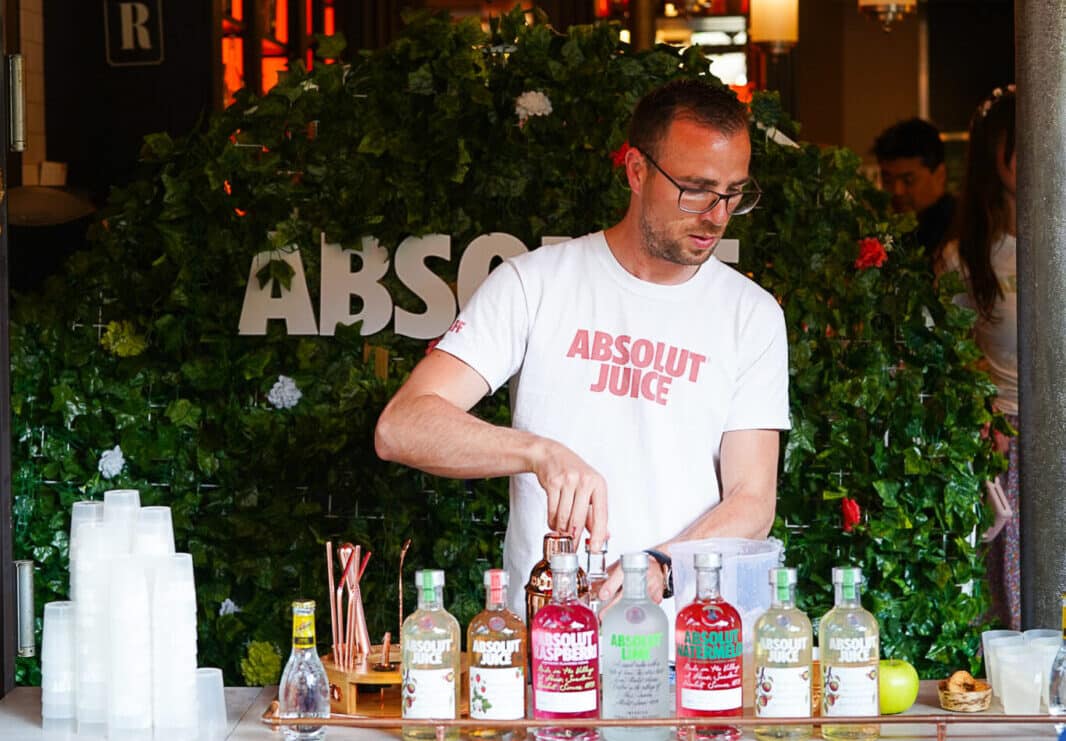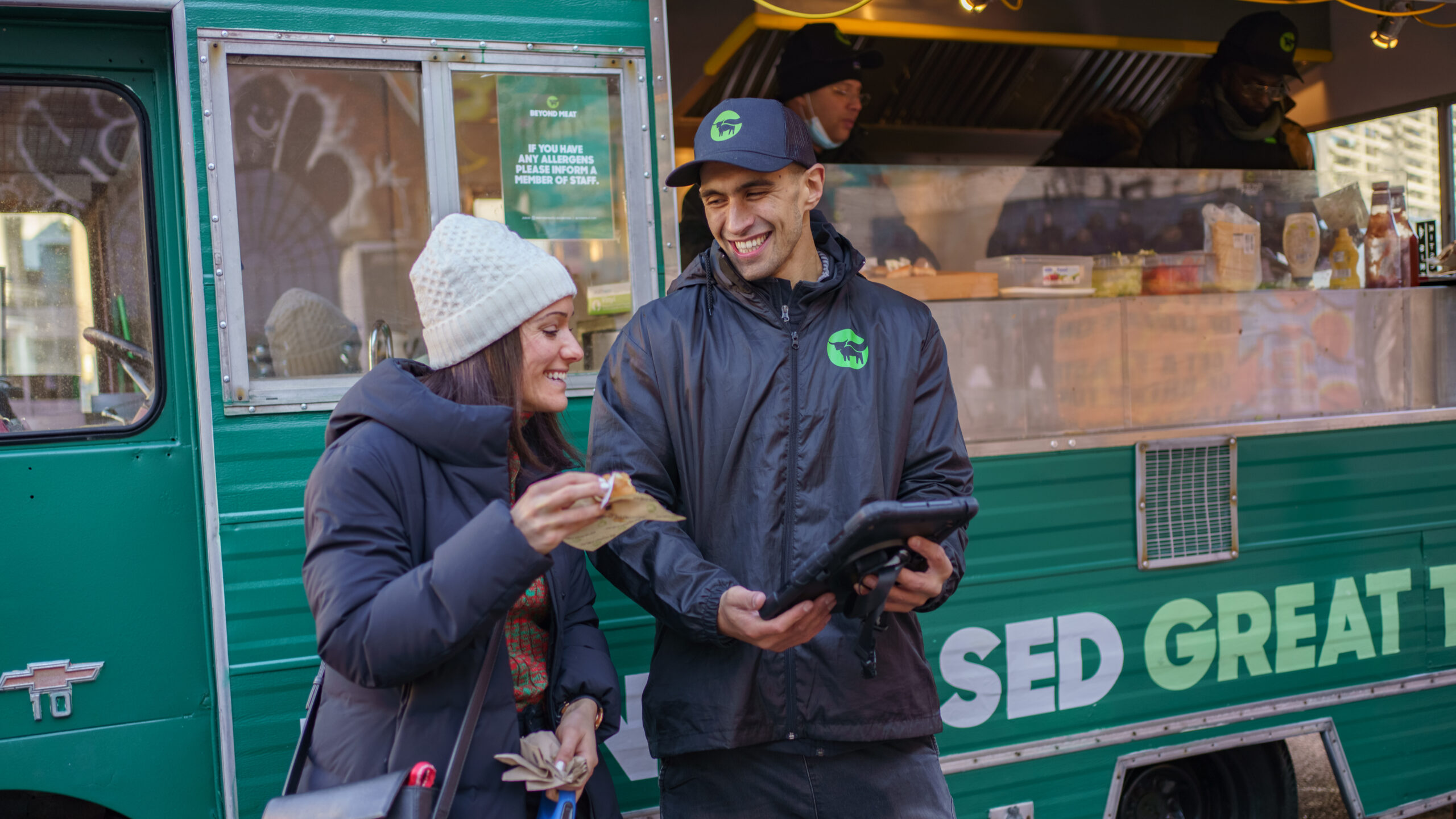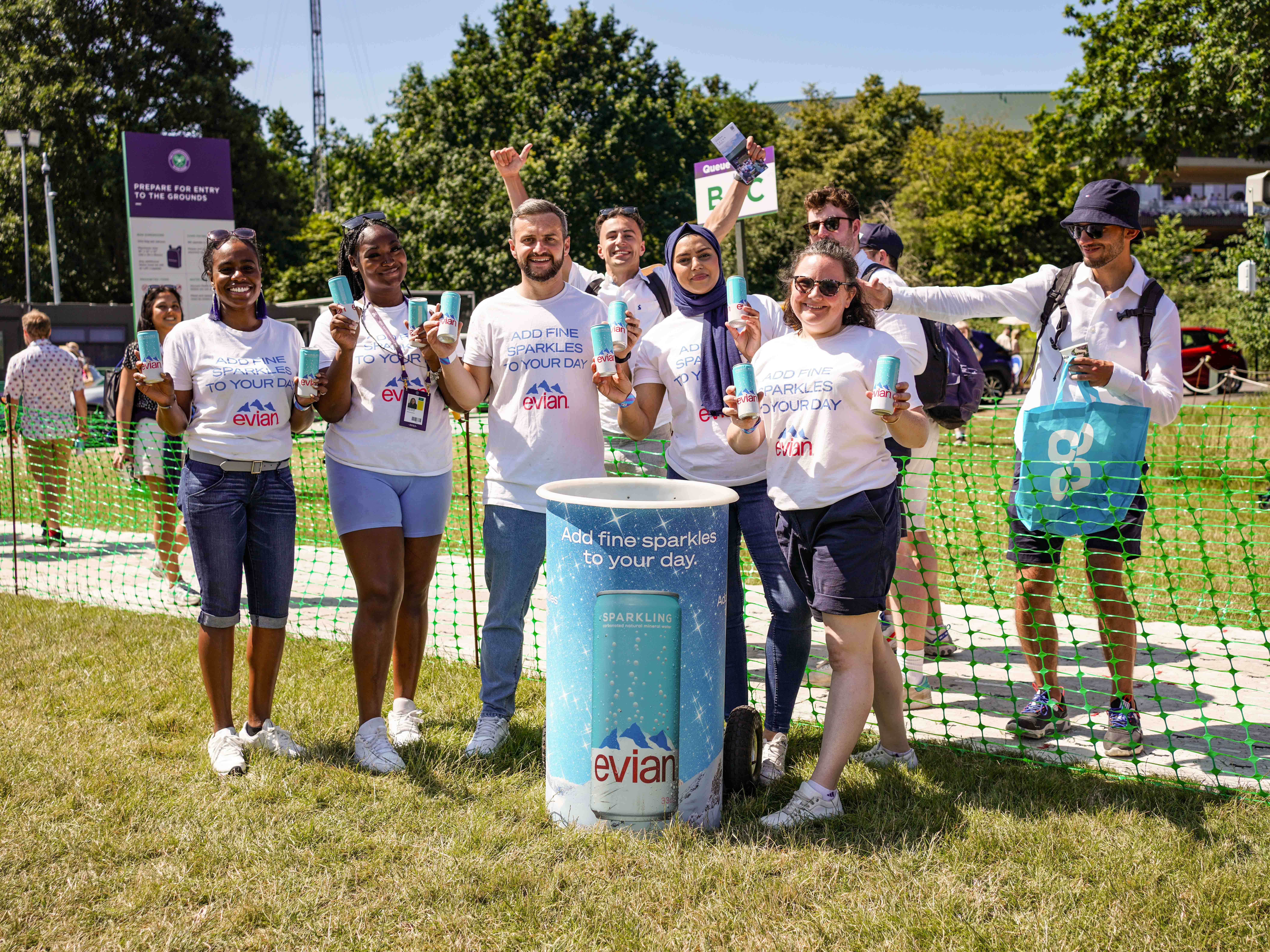All blog posts
Live Events
Innovation and originality are key factors when finding fresh ways to increase…
- Tamara Olori
- Jul 27 2023
- 5 Min Read
Brand Ambassador Advice
In the vibrant world of marketing and events, Brand Ambassadors are the…
- Tamara Olori
- Mar 14 2024
- 3 Min Read
Live Events
2023 was a bumper year for Elevate at festivals, both in the…
- Tamara Olori
- Mar 14 2024
- 4 Min Read
News & Views
Preparing for the biggest global motorsport event in 2024 Elevate Global is…
- Tamara Olori
- Mar 25 2024
- 2 Min Read
Educational
In 2023, the alcohol industry continued to ride the wave of engagement…
- Tamara Olori
- Feb 6 2024
- 4 Min Read
Live Events
Veganuary is a growing trend that has people quitting meat and dairy…
- Tamara Olori
- Jan 17 2024
- 4 Min Read
Live Events
Events are a magical moment in time when brands come to life….
- Tamara Olori
- Dec 14 2023
- 3 Min Read
